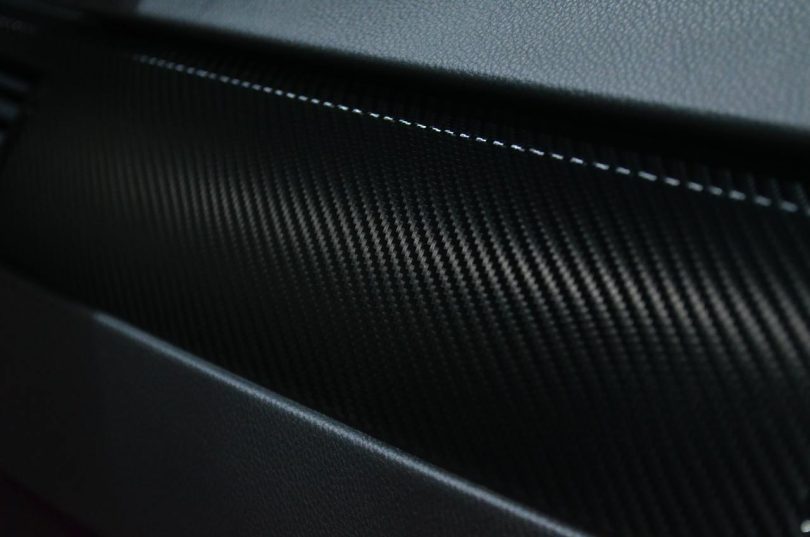In the realm of nanotechnology, carbon nanotubes (CNTs) have garnered significant attention for their remarkable properties and potential applications across various industries. But did you know there’s more than just one type of these microscopic marvels? Let’s dive deep into the world of CNTs and explore the primary differences between Single Wall Carbon Nanotubes (SWCNTs) and Multiwall Carbon Nanotubes (MWCNTs) and the unique applications they each boast.
Single Wall Carbon Nanotubes (SWCNTs)
SWCNTs are made up of a single layer of carbon atoms arranged in a cylindrical structure. Imagine a sheet of graphene (a single layer of carbon atoms arranged in a hexagonal lattice) rolled into a tube, and you’ve got yourself a SWCNT!
Main Uses and Applications:
Electronics: Due to their inherent semiconducting properties, SWCNTs are explored for use in transistors, helping in miniaturization while maintaining performance.
Sensors: The high surface area of SWCNTs makes them suitable for gas and chemical sensing, detecting even minute quantities of substances.
Drug Delivery: Their cylindrical structure allows SWCNTs to be filled with therapeutic agents, enabling targeted drug delivery in medical applications.
Photonic Devices: SWCNTs have unique optical properties, making them potential candidates for the development of advanced photonic devices.
Multiwall Carbon Nanotubes (MWCNTs)
Think of MWCNTs as a set of Russian dolls, but in the form of nanotubes. These are essentially multiple concentric nanotube layers, one inside the other. In simpler terms, they are several SWCNTs nested within each other.
Main Uses and Applications:
Reinforcement in Composites: Due to their multi-layered structure, MWCNTs offer exceptional mechanical strength, making them ideal for reinforcing polymers and other materials.
Electrical Conductors: MWCNTs are excellent conductors of electricity. They’re often integrated into materials that require enhanced electrical conductivity.
Energy Storage: Their structure and properties make MWCNTs suitable for use in supercapacitors and certain types of batteries, enhancing energy storage capabilities.
Catalysis: MWCNTs can act as supports for catalyst particles in chemical reactions, enhancing the efficiency and rate of reactions.
Key Differences
Structure: While SWCNTs consist of a single cylindrical layer of carbon atoms, MWCNTs have multiple concentric layers.
Diameter: SWCNTs typically have a smaller diameter, ranging from 0.4 to 3 nm. In contrast, MWCNTs have a larger overall diameter, which can be up to 100 nm or more, depending on the number of walls.
Properties: SWCNTs can exhibit metallic or semiconducting properties based on their specific structure (or chirality), whereas MWCNTs generally have metallic properties due to their multiple layers.
Price: Producing SWCNTs is typically more expensive due to the precision required in ensuring only a single wall. MWCNTs are often more cost-effective to produce in bulk.









